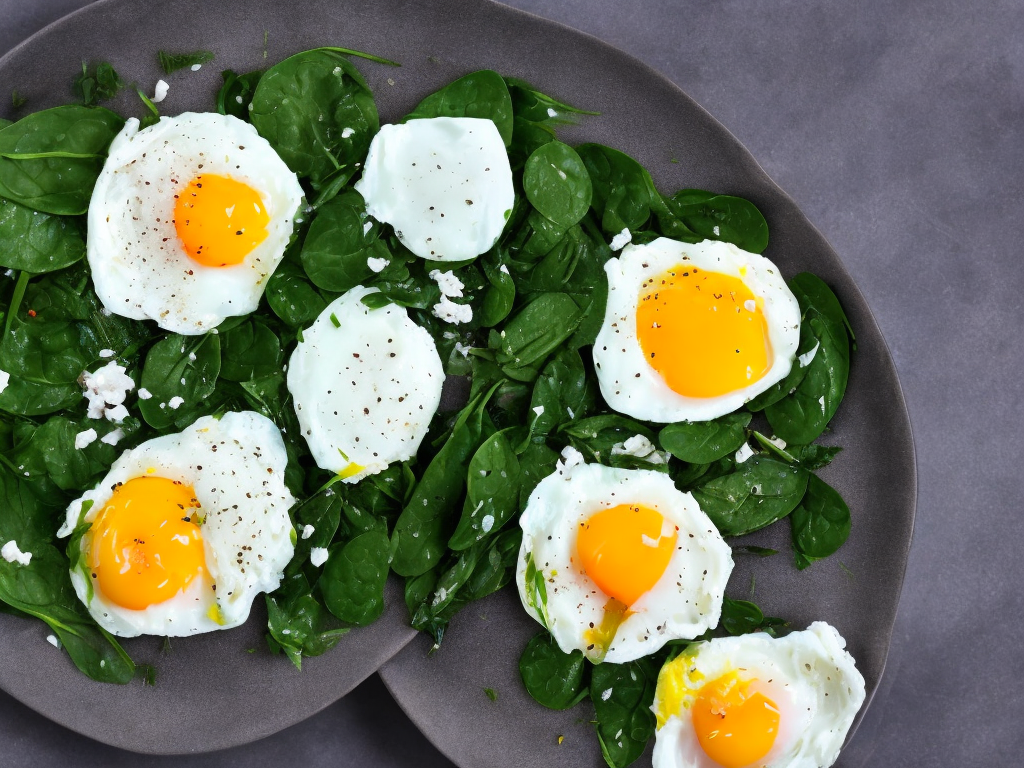
Poaching eggs is a classic cooking technique that is often used in breakfast and brunch dishes. While it can seem intimidating at first, once you master poaching eggs, you'll be able to create delicious dishes like Eggs Benedict, savory egg-topped salads, and more. In this guide, we'll walk you through the steps of poaching eggs to perfection.
Choose the Right Eggs
While it's possible to poach any type of egg, fresh eggs are the key to a successful poaching experience. The fresher the egg, the better it holds together in the poaching process. As the egg ages, it releases more water, which makes it difficult to keep the egg whites together when poaching.
Prep the Water
To poach eggs, you need to bring a pot of water to the right temperature, which is just below boiling point. Begin by filling a deep pot with water and bringing it to a boil. Once it's boiling, reduce the heat to a low simmer so that the water is still moving but not too aggressively. This will help ensure the eggs don't break apart in the water. Add a tablespoon of vinegar to the water and stir it gently. The vinegar helps to coagulate the egg whites, allowing the egg to hold together better during poaching.
Crack the Egg
Before you start poaching your eggs, it's important to crack them into a separate container to ensure you don't end up with broken yolks or shells in your pot. Using a small bowl or ramekin, crack an egg into it. It's important to ensure that the egg is fresh and hasn't been damaged, as any cracks or damage can make it difficult to keep the egg together during poaching.
Create a Gentle Whirlpool
When the water has reached the right temperature and you've cracked your egg into a separate container, it's time to create a gentle whirlpool. This whirlpool will help keep the egg white around the yolk as it cooks. To do this, take a spoon and use it to stir the water in a circular motion. Make sure the whirlpool is gentle, so you don't send the egg flying. Then, use the spoon to stop the motion of the water and slowly pour the egg into the center of the whirlpool. The whirlpool helps the egg white to encase the yolk while poaching.
Cook and Time the Egg
Once your egg is in the water, let it cook for about two to three minutes, depending on how well-cooked you want your egg. When the egg is finished, it should have a runny yolk and a set white. Some people prefer to cook their eggs longer or give them a little extra time to cook if they are larger than usual. If you're not sure if an egg is done yet, use a slotted spoon to pull it out and check it. Remember that the egg will continue to cook a bit after it's out of the water, so take it out a little earlier than you think it should be.
Remove and Drain the Egg
Once the egg is finished cooking, remove it from the pot using a slotted spoon. It's important to remove the egg with a slotted spoon, as the holes in the spoon allow the water to drain off of the egg before serving. Place the egg on a paper towel or clean dish towel to remove any excess water before serving.
Serve and Enjoy
Poached eggs can be served in a variety of ways, but they are often enjoyed on top of toast, English muffins, or as part of an eggs Benedict dish. You can also serve them with grilled asparagus, a side salad, or top them with cheese for an extra burst of flavor. However you choose to serve them, poached eggs are a delicious and healthy addition to any meal.
Conclusion
Poaching eggs can seem intimidating at first but with a little practice, it can quickly become one of your go-to cooking techniques. Remember to choose fresh eggs, prep your water correctly, create a gentle whirlpool, and time your eggs correctly for the perfect poached egg. With these tips, you'll be able to create delicious and impressive brunch dishes.
 Self-Instruct
Self-Instruct